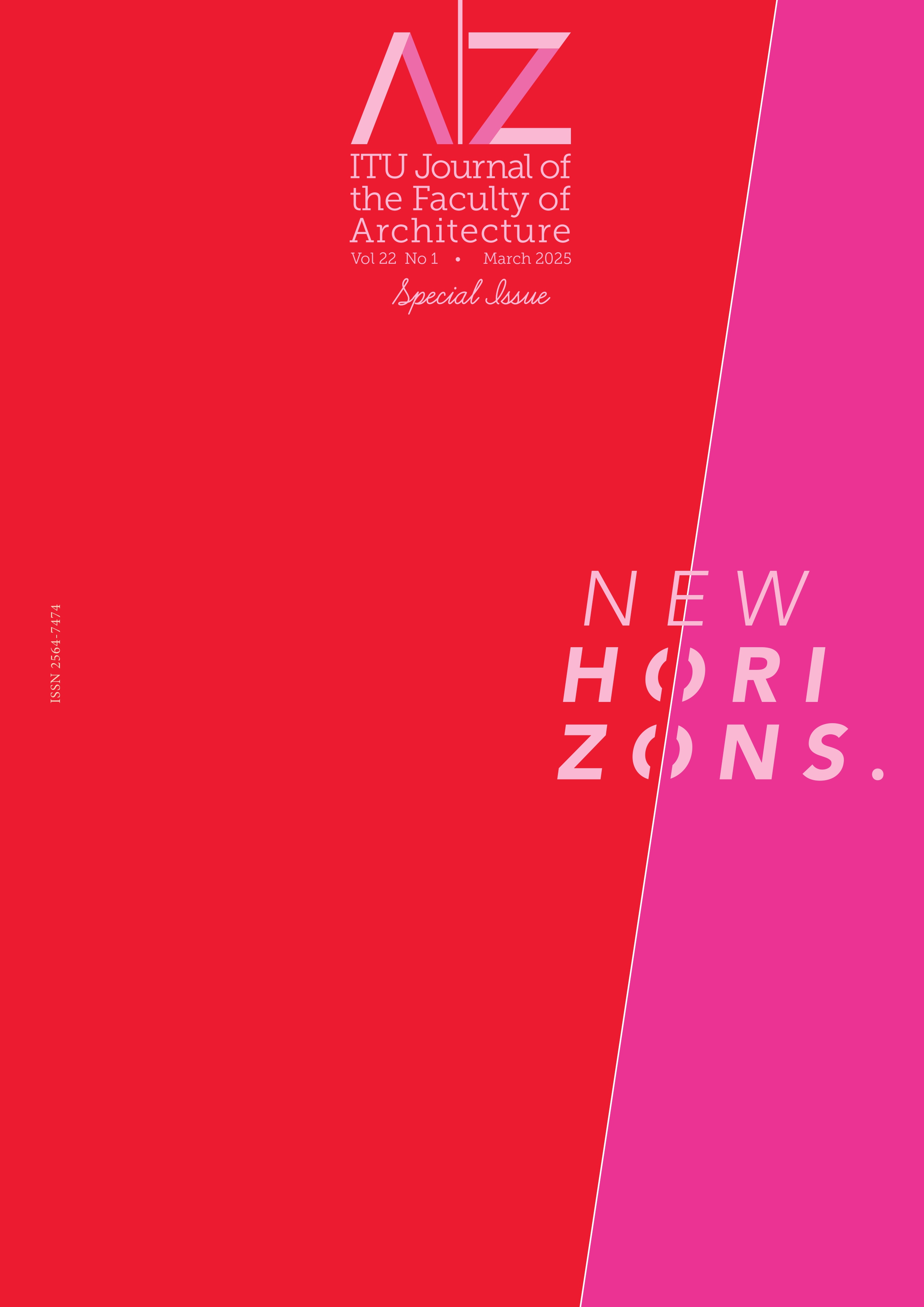An approach to AI-supported learning in architectural education: Case of speculative space design
Published 2025-03-31
Keywords
- Artificial intelligence,
- Design education,
- Reflectiveness,
- Speculative spaces,
- Visual analysis
Abstract
The study discusses integrating text-to-image artificial intelligence (AI) tools into the architectural studio. If the integration of AI is realized through narrative production, which is a combination of written and visual media, the student’s interaction with the tools can be strengthened. This approach was tested through a workshop called “AI-Supported Speculative Space Production Workshop” conducted by the authors of the study as a case study. The workshop included 12 participants and lasted for 10 days. The expected output at the end of the workshop was a storyboard consisting of sequences that narrate and visualize the designed space. The data of the case study was collected through observation, diaries written by the students and submission of all productions in the process. The case study process was evaluated and presented according to the reflectivity between the participants’ productions in the design process by using the visual analysis method. In addition, the outputs of the case study were assessed by design experts according to three criteria that are related to the research, sketches, the narrative, and the integration of them. It was observed that especially the students who used the AI tool in relation to other representations in the design process achieved more successful results. In this way, inferences were made about how text-to-image AI tools can be integrated into the architectural design studio process while understanding their limitations and potential. These approaches are expected to contribute to the effective utilization of AI in the studio.


